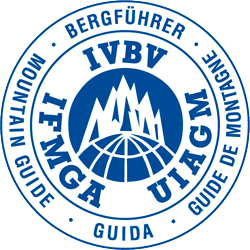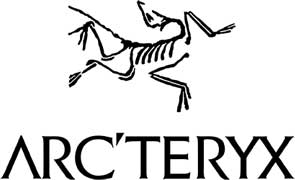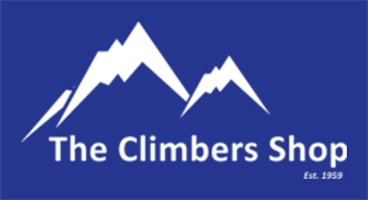Courses for Challenge and Enjoyment
Mountaineering is a wonderfully diverse sport. It changes its nature with the seasons, and by the time we reach ‘high summer’ Britons have traditionally been drawn to bigger mountains, more often than not to those on our doorstep – The Alps!
Individuals have been hiring Alpine guides for a couple of hundred years, and for the most difficult peaks/routes it is still necessary to go 1:1 with a guide. The vast majority of peaks however can be climbed within the context of an Alpine Course; the guiding ratio being determined by the difficulty and seriousness of the peak and the local ‘norm’ for guiding that peak. Courses have many advantages over individual guiding - two of the most important being that they are much cheaper overall and make for a more sociable holiday.
The best mountaineering courses, whether they are primarily ‘instructional’ or primarily ‘recreational’, have certain vital ingredients. There should be an element of learning new skills and refreshing old ones; there should be some physical and mental challenge involved, and the whole experience should be enjoyable, because at the end of the day we pursue mountaineering for pleasure and satisfaction rather than out of necessity. ISM offers the widest choice of fully-guided courses available covering every grade of peak in the Western Alps and further afield. Whether you are a complete beginner or a seasoned veteran, we hope we can offer a course which will be a lot of fun and provide just the right level of challenge.
Alpine Trekking Summits
A trekking summit is theoretically one you can pretty much walk to the top of, but these are not walks in the normal sense. You should be in a roped party because you will generally be passing through serious (crevassed) glacier terrain to reach the peak, and the route of ascent, while technically easy, may be very exposed. There are actually relatively few trekking peaks in the Western Alps, and some of them are little more than ‘points’ – but they are highly prized as accessible viewpoints and frequently climbed during hut-to-hut treks through the Alps (such as the classic Haute Route from Chamonix to Zermatt).
Trekking summits can be safely guided on a 6:1 guiding ratio and in some cases even larger parties are perfectly safe. The skills required to climb them can usually be learned within the holiday itself, but people have to arrive fit - well able to walk for 5-7 hours a day, possibly day after day, with a 12kg rucksack. All the high trekking summits involve glacier approaches and a degree of competence with ice axe and crampons, and if the peaks are climbed within the context of a trek there may be steep cols to cross, with 40-degree snow or ice slopes being a possibility.
At ISM we offer ‘Trek & Summit’ weeks where we approach our peak via an interesting trekking route, gaining height gradually and covering all the necessary skills en route, so that by the time we make our ascent everyone is confident in their abilities and perfectly acclimatised. This makes the ascent itself as enjoyable as possible and not pressured. Hence these peaks are a perfect first alpine summit for people who are walking-fit but have no mountaineering experience (and may not even be interested in ‘proper’ mountaineering). Well-known Alpine trekking peaks include 4000m summits like the Breithorn (Zermatt), the Allalinhorn (Saas Fee) and the Bishorn (Zinal), as well as many summits below 4000m such as those encountered on the classic Haute Route - Pigne d’Arolla (3790m) and Tête Blanche (3724m).
Classic Alpine Peaks
During the earlier part of the Golden Age of alpinism, up to the mid 19th century, most of the ‘classic’ Alpine peaks were climbed. And what an exciting, adventurous era it must have been. With no high accommodation, cable cars or mountain railways the approaches were often huge. Alpine climbing must have felt more like expedition mountaineering does today. These peaks demanded (and still do demand) real mountaineering skills – competence with ice axe and crampons on slopes steep enough to require front-pointing, knowledge of rope work for short pitches and ‘alpine’ terrain, and basic rock climbing ability (up to UK ‘Difficult’ standard in mountain boots carrying full alpine kit). The normal routes on these peaks are generally graded PD or PD+, and they can be safely climbed on a 3:1 guiding ratio. Courses tend to focus on a particular area such as the Saas valley where there are many ‘classic’ 4000m peaks, but enjoyable mountaineering at this grade is by no means confined to the ‘four-thousanders’ – in fact one of my favourite courses to guide is our Classic Alpine Summits, which aims to give a great week of alpine climbing at the PD-PD+ grades whether or not the peaks attain 4000m.
Every alpine area has its ‘classic’ peaks but the greatest numbers are found in Switzerland, throughout the Swiss Valais and the Bernese Oberland. Among the finest would be Weissmies, Stralhorn and Nadelhorn in the Saas Valley; the Dom, Alphubel and Monte Rosa around Zermatt, Mont Brulé, L’Evêque and Mont Blanc de Cheilon in the Arolla Valley; and Mont Blanc du Tacul, Tour Ronde and Aiguille du Tour in the Mont Blanc Massif. Classic Oberland peaks include the Finsteraarhorn (highest in the range), the Mönch and the Abenifluh. Some peaks, such us the Jungfrau, have slipped out of the ‘classic’ category because glacier recession and loss of snow & ice cover on the faces has made them more serious. The Alps is changing, so both maps and guidebooks must be treated with caution!
Technical Alpine Peaks
By the 1860’s most of the easier Alpine summits had been climbed and those remaining were much tougher undertakings requiring the cutting-edge mountaineering skills of the day - climbing steep sections of snow and ice (up to 50 degrees) in nailed boots or primitive crampons without front points, chopping steps with very long ‘alpenstock’ ice axes, rock climbing up to UIAA grade IV (British Severe) with weak hemp ropes and very little protection. Back then these summits were accessible only to the best mountaineers of the day, but nowadays with massive advances in equipment and knowledge (not to mention the odd fixed rope and belay stanchion) they can be enjoyed by many more people – provided they have acquired a good level of climbing skill throughout the disciplines (even for a guided ascent).
Alpine courses focussing on technical peaks are usually guided on a 2:1 ratio. The peaks give long, hard days (sometimes commencing at 3am or earlier) and participants must be well acquainted with the demands of Alpine climbing. It is not enough to be able to climb at the grade – it is essential to be able to move quickly over terrain of all types, and to be quick and efficient with all aspects of alpine rope work. The rewards are considerable – magnificent summits like the Zinalrothorn, Obergabelhorn, Dent Blanche and Dent d’Herens, not to mention countless top quality alpine routes on sub-4000m peaks at the grades of AD/AD+. Many of the courses focus on 4000m peaks, but for a really great week of Alpine climbing I love to run our Technical Alpine Ascents course, which visits two different areas and packs in quality climbing at the challenging grades of AD to D.
So guided Alpine Courses are a way to offload all of the background preparation (planning and organisation) as well as much of the responsibility, on to the guide whilst leaving participants free to enjoy an intensive spell of Alpine mountaineering at their level of choice. It is your holiday after all!
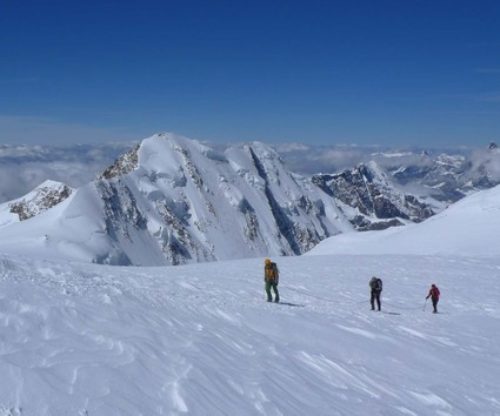
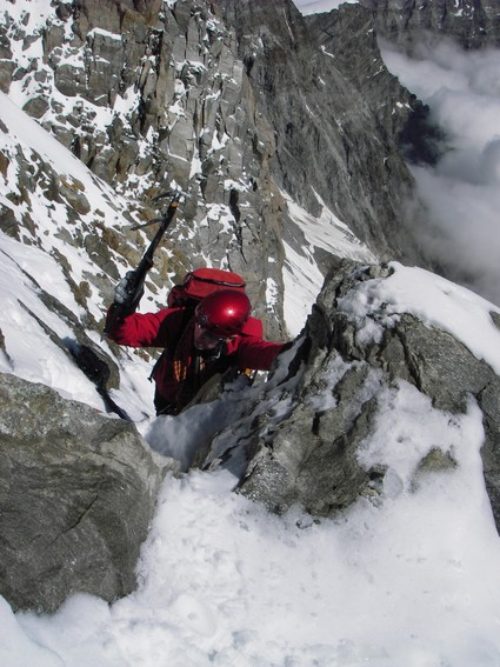
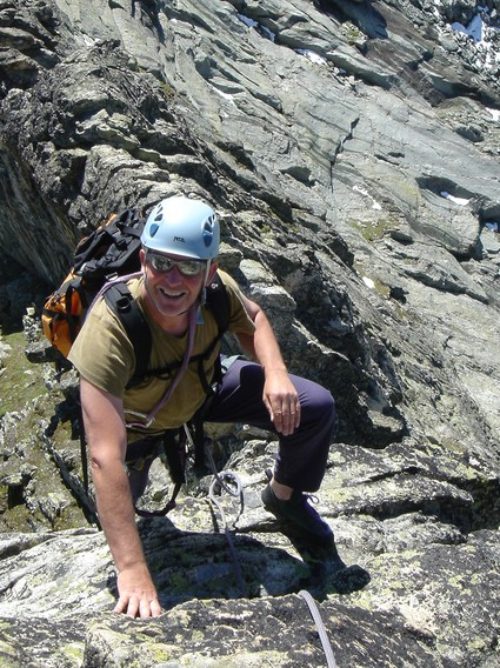
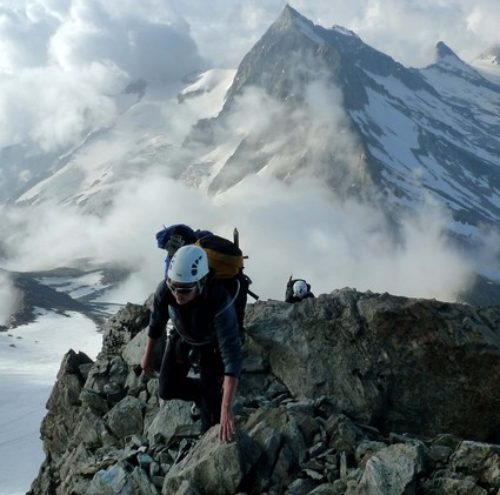
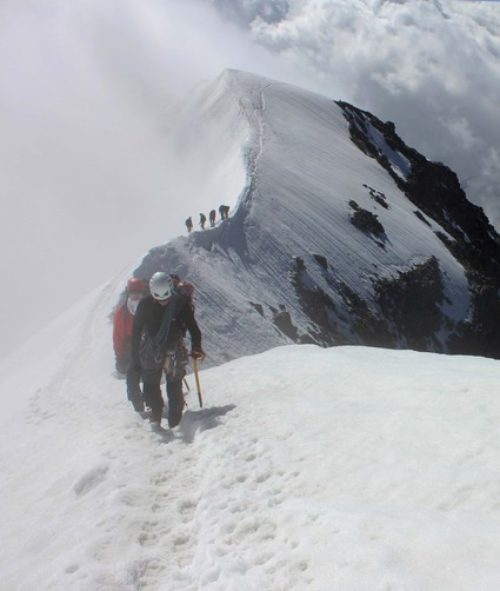
Related News Articles

ISM Virgin Peaks Expedition 2024 - Tien Shan Kyrgyzstan
ISM trip report of our trip into a very remote part of the Tien Shan Mountains, Kyrgyzstan
Read Article
Getting Into & Developing Your Climbing
Indoor bouldering is a great place to start if you want to try climbing for the first time. You can…
Read Article
ISM Virgin Peaks Expedition 2023 – Tien Shan Kyrgyzstan
ISM trip report of our trip into a very remote part of the Tien Shan Mountains, Kyrgyzstan.
Read Article
Kyrgyzstan Faces 2022
This year ISM celebrated 25yrs of expedition climbing in Kyrgyzstan, with a fantastic trip to the Fergana Range in the…
Read Article
